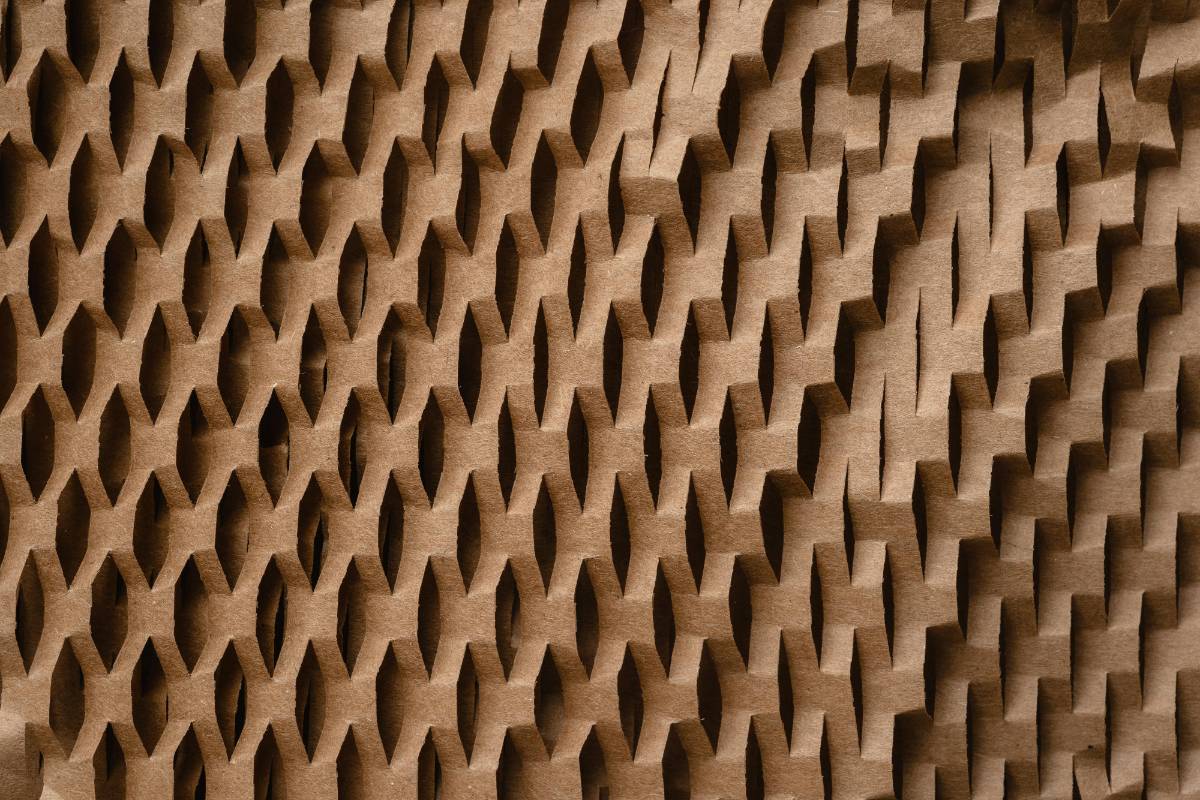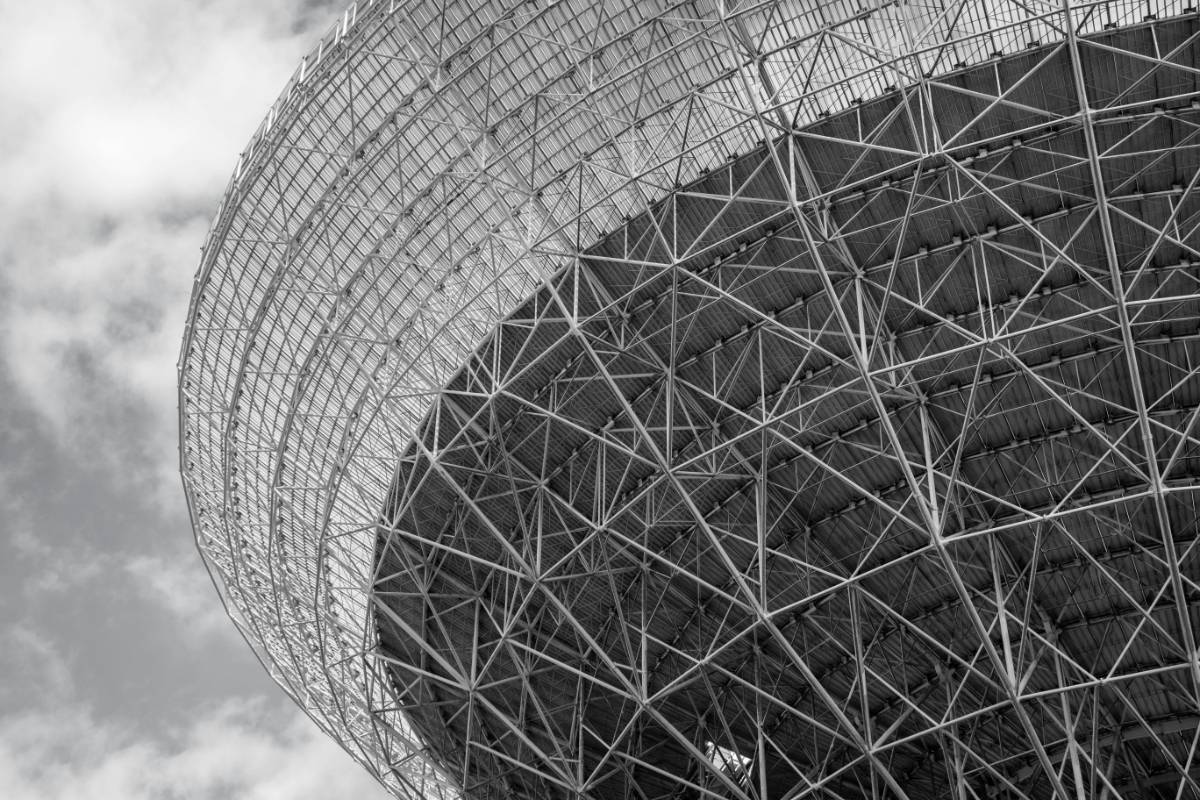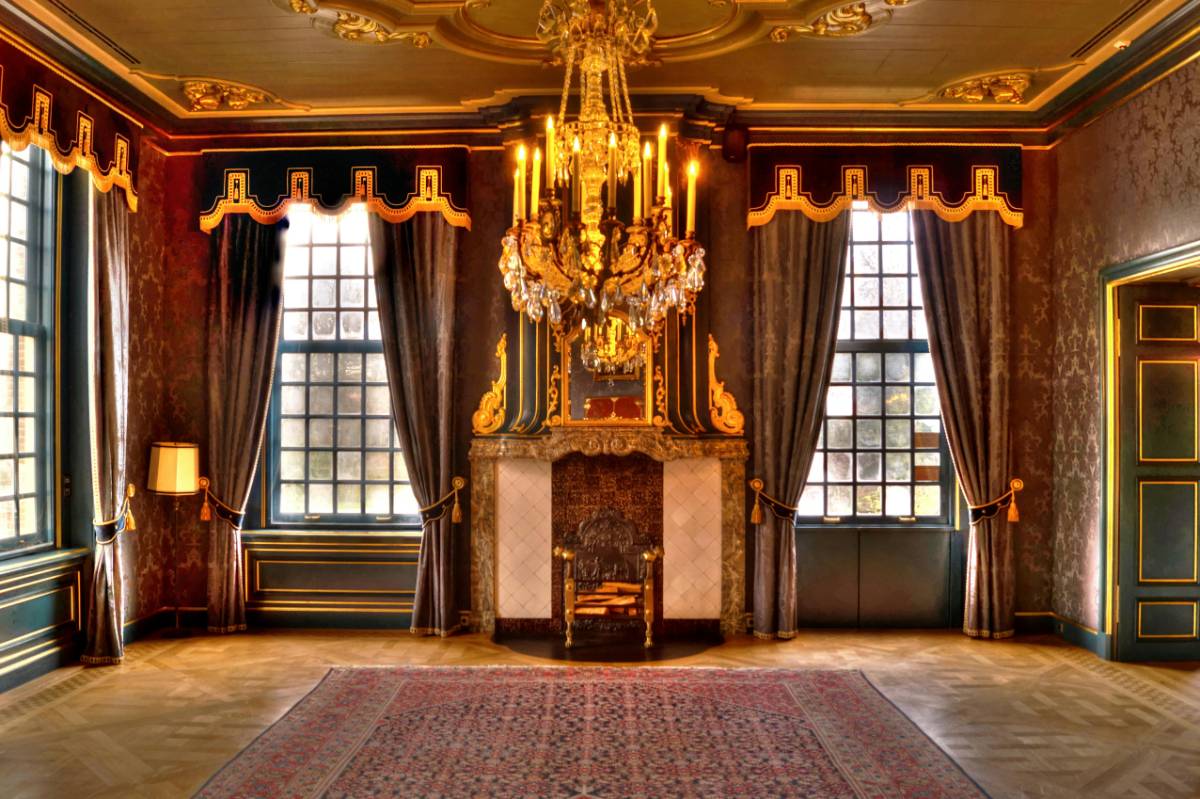
How Sustainable Design Is Shaping the Future of Architecture
The architecture of tomorrow is being redefined by the principles of sustainability. As the world grapples with climate change and resource scarcity, sustainable design has emerged as a beacon of innovation, blending environmental responsibility with aesthetic appeal. This article explores how sustainable design is reshaping the future of architecture and fostering a harmonious balance between human needs and the environment.
Energy Efficiency and Renewable Energy Integration
Sustainable architecture places a strong emphasis on reducing energy consumption through innovative design. Buildings are now being equipped with renewable energy systems such as solar panels, wind turbines, and geothermal heating to minimize reliance on non-renewable energy sources.
Passive design strategies, including optimal building orientation, natural ventilation, and thermal insulation, further enhance energy efficiency. These measures not only reduce environmental impact but also lower operating costs for building owners.
Green Building Materials
The choice of materials plays a critical role in sustainable architecture. Eco-friendly materials like reclaimed wood, bamboo, recycled metal, and low-impact concrete are becoming staples in modern construction.
These materials reduce the carbon footprint of buildings while maintaining durability and aesthetic appeal. Advances in material science are also paving the way for innovative solutions like bio-based composites and self-healing materials that align with sustainability goals.
Smart Technology Integration
The incorporation of smart technologies is revolutionizing sustainable architecture. IoT-enabled systems optimize energy usage, monitor indoor air quality, and automate climate control, enhancing the efficiency and comfort of buildings.
Smart grids, energy storage systems, and AI-driven analytics are enabling architects to create intelligent buildings that adapt to the needs of their occupants while minimizing environmental impact.
Water Conservation Techniques
With water scarcity becoming a global concern, sustainable design emphasizes efficient water management. Rainwater harvesting, greywater recycling, and low-flow plumbing fixtures are integral components of green buildings.
Landscaping strategies, such as xeriscaping and the use of native plants, further conserve water while enhancing the visual appeal of architectural projects. Advanced technologies like smart irrigation systems are also gaining traction in sustainable design.

Net-Zero and Carbon-Positive Buildings
The concept of net-zero energy buildings is at the forefront of sustainable architecture. These structures generate as much energy as they consume, often through on-site renewable energy systems.
Going a step further, carbon-positive buildings are designed to have a net-positive impact by producing more energy than they consume and actively sequestering carbon dioxide. These innovative approaches are setting new benchmarks for sustainability in architecture.
Biophilic Design Principles
Sustainable architecture increasingly incorporates biophilic design, which emphasizes the connection between humans and nature. Features such as green walls, indoor gardens, and natural lighting create environments that promote well-being and productivity.
By integrating natural elements into architectural spaces, biophilic design fosters a sense of harmony and contributes to a healthier indoor environment for occupants.
Adaptive Reuse and Circular Design
Adaptive reuse—repurposing existing structures for new uses—is gaining popularity as a sustainable alternative to demolition and new construction. This approach preserves historical and cultural heritage while reducing waste and resource consumption.
Circular design principles, which prioritize reuse, recycling, and the minimization of waste, are also becoming integral to sustainable architecture. These strategies ensure that buildings remain sustainable throughout their lifecycle.
Urban Sustainability and Smart Cities
Sustainable architecture extends beyond individual buildings to influence urban planning. Smart city initiatives integrate sustainable design principles to create efficient, resilient, and livable urban environments.
Mixed-use developments, compact city layouts, and green infrastructure are shaping urban spaces that prioritize sustainability. These efforts contribute to reducing urban sprawl and promoting a more sustainable way of life.
Resilience to Climate Change
As climate change intensifies, resilient design is becoming a key aspect of sustainable architecture. Buildings are being designed to withstand extreme weather events, rising sea levels, and other environmental challenges.
Flexible designs and resilient materials ensure that structures remain functional and safe under changing climatic conditions, safeguarding investments and enhancing community resilience.
Conclusion
Sustainable design is not just a trend but a necessity for the future of architecture. By embracing energy efficiency, innovative materials, smart technologies, and eco-conscious practices, architects are shaping a built environment that respects the planet while meeting the needs of society. The integration of sustainability into architectural design promises a future where human ingenuity and environmental stewardship coexist harmoniously, paving the way for a greener and more resilient world.



